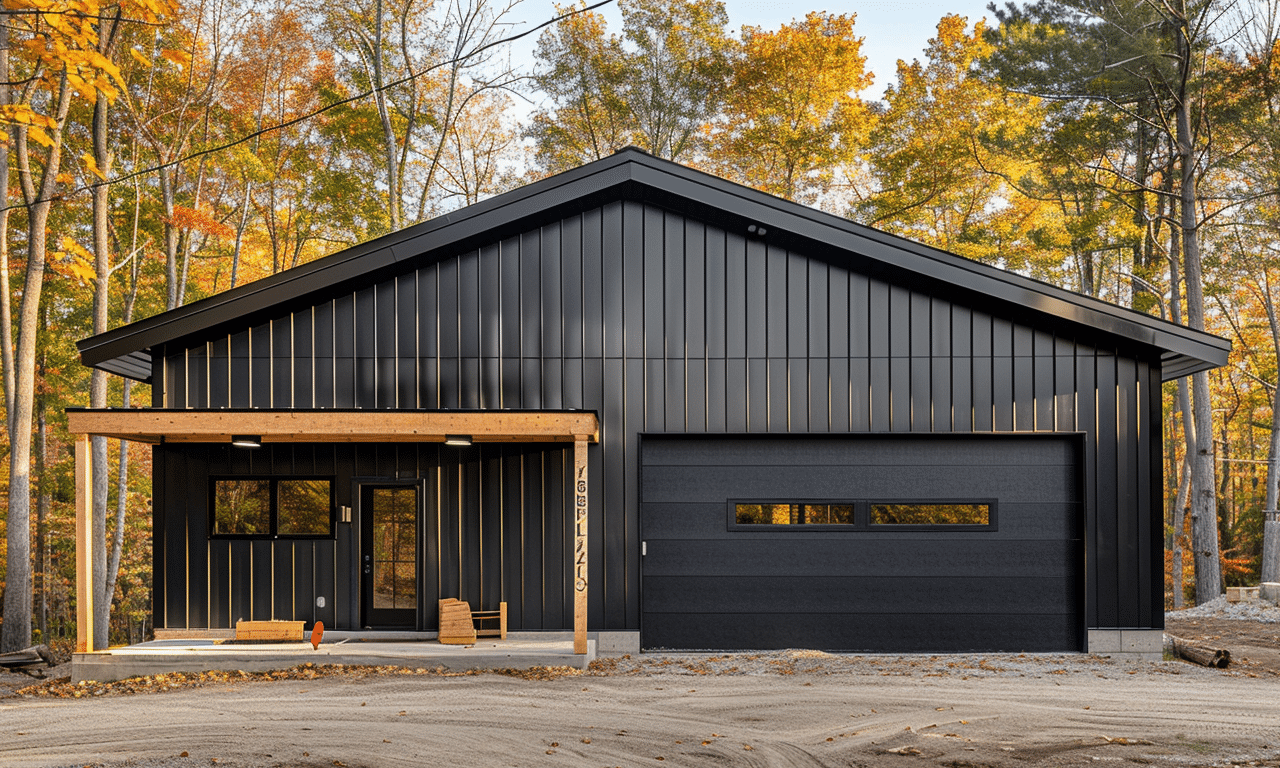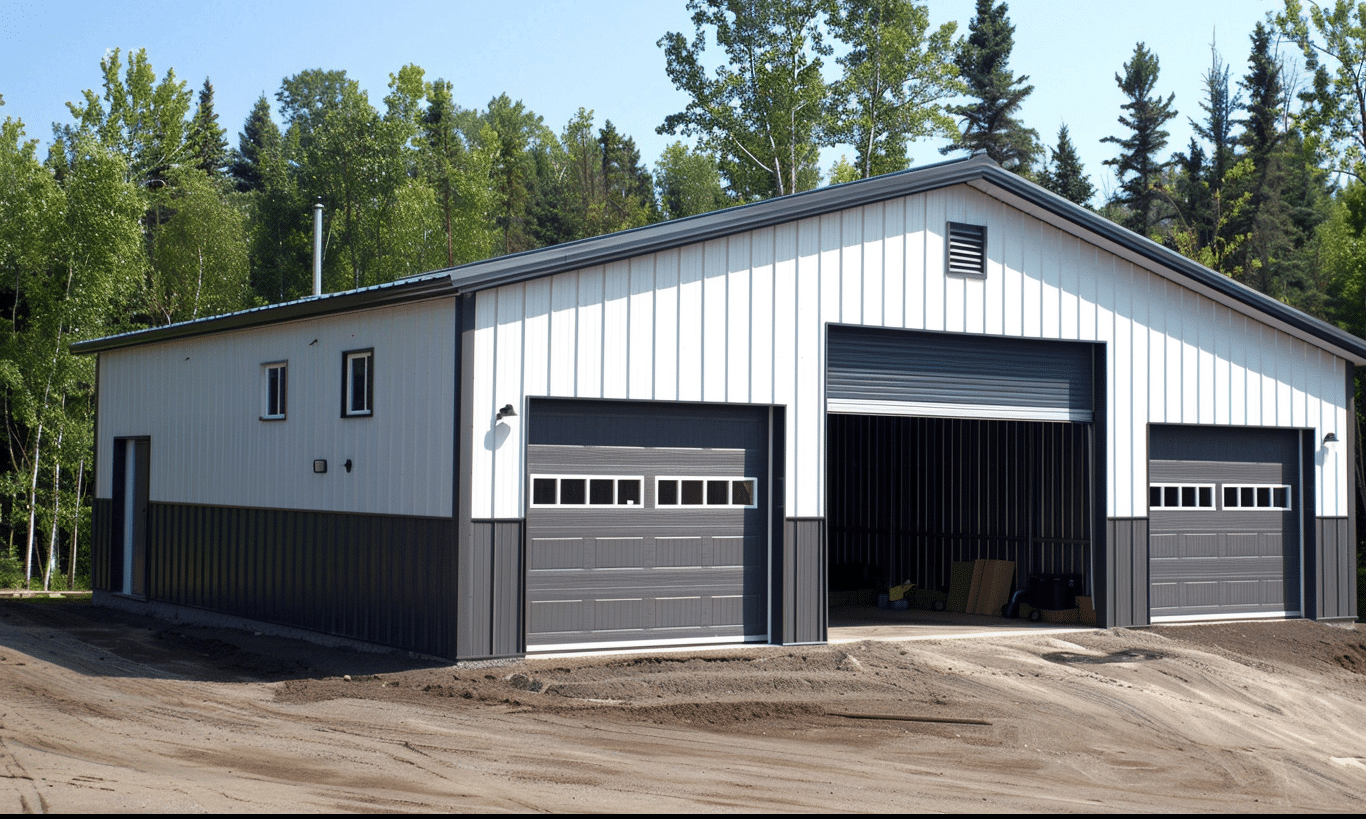In the ever-evolving world of construction, composite materials have emerged as a frontrunner in revolutionizing how structures are designed and built. With their unique ability to combine diverse material components, composite materials are reshaping the industry’s landscape, offering a fascinating blend of possibilities. What exactly makes composite materials so alluring in construction? Is it their adaptability, strength, or perhaps their sustainability? Let’s embark on a journey to explore the fascinating realm of composite materials in construction.
The Rise of Composite Materials in Construction
Composite materials are not just a passing trend; they’re a game-changer in the construction industry. Defined as materials made up of two or more constituent materials with differing physical or chemical properties, composites create a combined material that often outperforms the individual components. Imagine a symphony where different instruments blend to create a beautiful melody—such is the magic of composite materials in construction. From skyscrapers to bridges, these materials are now being used to construct modern marvels across the globe.
A New Era of Innovation
Construction sites today are bustling with innovation, thanks to composite materials. Engineers and architects harness the power of advanced composites to develop structures that defy the conventional limits of design. The blend of materials often results in superior strength, durability, and resilience, striking a balance between flexibility and rigidity. No wonder these materials are analogous to the superheroes of construction!
Metal and Composite Materials
Metal, particularly steel, stands tall as one of the key players when it combines with composite materials. Known for its durability and strength, steel, in conjunction with composites, can provide remarkable solutions in terms of building efficiency and design. Taking inspiration from nature, where composite structures like shells and bones excel, architects incorporate these materials into projects, realizing designs that would have otherwise remained in the realms of fantasy.

Exploring the Advantages of Composite Materials
Composite materials boast an array of benefits that make them a popular choice in modern construction. They are known for their lightweight yet sturdy composition, which significantly eases transportation and installation. Moreover, these materials resist corrosion, a feature particularly beneficial when used in environments exposed to harsh weather conditions. The Advantages of fiberglass reinforcement illustrate how these composites can enhance the longevity and resilience of structures.
Design Flexibility
One of the most attractive features of composite materials is their versatility during the design process. Architects and builders can shape them into intricate forms while preserving structural integrity—an aspect reminiscent of crafting elaborate sculptures from clay. The adaptability of composites allows for creativity to flourish, rejuvenating architectural landscapes with innovative designs like those found in Steel Building Design.
Cost Efficiency and Sustainability
Composite materials often present a cost-effective solution. While initial expenses may be comparable to traditional materials, their long-term benefits in reduced maintenance and extended lifespan result in significant savings over time. Furthermore, as society leans towards sustainability, composites are being engineered to minimize environmental impact, paving the way for greener structures.

Real-World Applications and Innovations
Today’s construction industry witnesses a myriad of applications where composite materials shine. From residential properties to commercial facilities, the integration of these materials enhances the performance and appeal of buildings. Products such as the 24×24 steel building kit exemplify the practical use of composite materials in creating versatile structures that cater to various needs.
Regional Developments and Trends
In regions like Ontario, companies have embraced the potential of composite materials, offering metal building packages Ontario that meet diverse architectural requirements. Such initiatives demonstrate a commitment to integrating advanced materials into local construction practices, fostering growth and innovation within the community.
Educational Efforts and Future Prospects
Education plays a pivotal role in expanding knowledge and application of composite materials. Platforms like BuildForce Canada – Exploring Composite Materials provide invaluable resources to industry professionals and stakeholders, driving forward the adoption of innovative construction methods.

Conclusion: Blending the Old with the New
The journey through composite materials in construction reveals a transformative force reshaping modern architecture and engineering. By leveraging the unique properties of composites—strength, versatility, and sustainability—builders can redefine what’s possible, merging time-honored craftsmanship with contemporary innovation. As the industry stands on the cusp of this new era, one can’t help but wonder: how will composite materials in construction continue to innovate and inspire the builders of tomorrow? Whether you’re considering a high-rise masterpiece or a humble abode, the materials on the horizon point towards a future that’s not just built but innovatively constructed.










